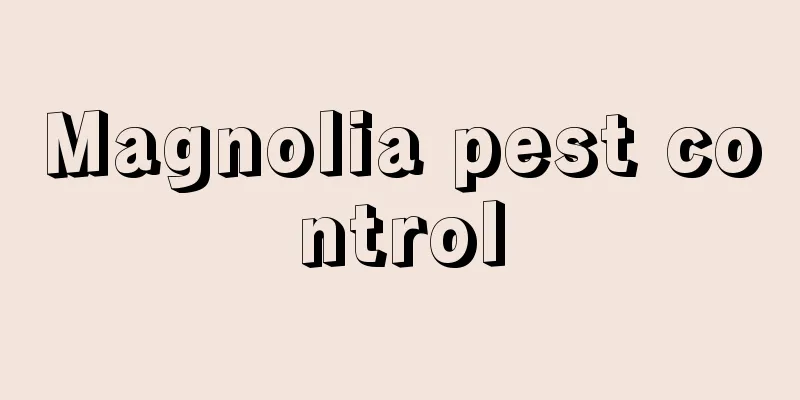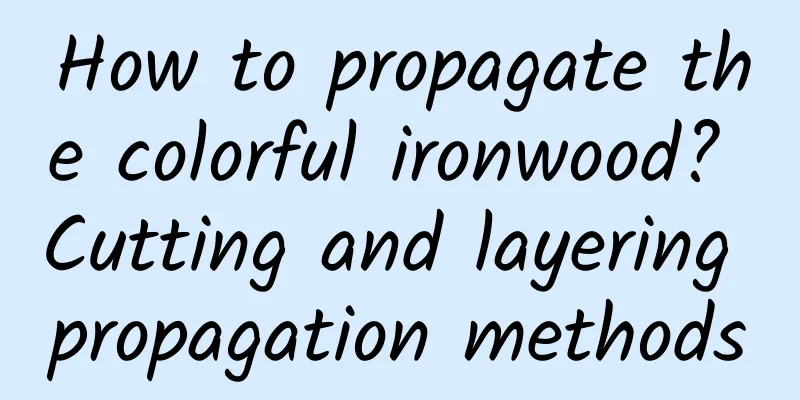Magnolia pest control

Magnolia pests and diseases 1: Leaf spotAt the beginning of the onset of magnolia leaf spot disease, there are only small dark red spots on the surface of the leaves. If not treated in time, they will continue to expand very quickly and then connect into large pieces, eventually causing the leaves to wither or even fall off, seriously affecting the beautiful appearance of the magnolia. You should check the leaves more often and treat them promptly if you find any diseases, pests or insect damage. Prevention and control methods: You should check the leaves of magnolia regularly and start treatment as soon as possible if you find any disease. You can use 50% thiophanate-methyl to spray on the surface of magnolia leaves, once every 7-8 days. Spray 2-3 times in a row and it will be cured. Magnolia pests and diseases 2: scale insectsThere are many kinds of magnolia pests, and once they occur, they are quite serious. Most of them are caused by scale insects. The pests are difficult to deal with, so you should pay more attention to them. Prevention and treatment methods: Water the magnolia at regular times, but don’t water it too much, as excessive moisture in the soil can lead to pests. At the same time, apply fertilizer moderately and increase the application of phosphorus and potassium fertilizers. Move magnolias from indoors to outdoors more often to ensure good ventilation. If diseased plants are found, remove them in time and clean them up. Usually, you should observe the leaves of magnolia more often. Once scale insects are found, you can spray them with 2000-3000 times diluted imidacloprid or imidacloprid improver to kill the insects. Magnolia pests and diseases 3: Pittosporum sphaerocephalaThis is a very common pest that can cause serious damage once it occurs. This insect often gathers on the buds, leaves, branches and trunks of the magnolia to suck juice. When the situation is serious, the entire branch will be covered with insects, causing the leaves to turn yellow, deform, fall off, and wither, and even the entire plant to die. It is also easy to induce sooty mold, which makes the surface of the magnolia leaves turn black, hinders photosynthesis, affects the growth of the magnolia, and thus reduces its ornamental value. Prevention and treatment methods: It is necessary to strengthen the water and fertilizer management of magnolia, water and fertilize appropriately to enhance the resistance of the plant. In the early stage of the disease, there are fewer insects and they can be scraped off manually or rinsed with clean water, but be careful not to damage the leaves. Use pesticides, spray with 1000 times omethoate solution, once every 7 to 10 days, and it will be effective after 2 to 3 times. |
<<: Pomegranate flower pests and control methods
>>: Calendula pests and control methods
Recommend
Tips for gardening: Environmentally friendly pest control methods for gardening at home
1. Scientific management to improve the ability o...
Expired calcium tablets for cold medicine... Take one tablet when growing flowers, and new leaves will sprout, as if they were injected with hormones!
A cold medicine, the flowers grow wildly after ta...
Where do loofah seeds come from?
Where do loofah seeds come from? The seeds of loo...
How to prune azalea
Preparation for pruning Pruning time Mature azale...
How to cultivate fragrant pine
Growth conditions of fragrant pine Fragrant pine ...
How to grow cabbage?
Cabbage , known as the "king of vegetables &...
How to cultivate wild chives
1. Soil Wild leek is more suitable for cultivatio...
When to apply fertilizer to citrus trees to strengthen their fruit (the best time to fertilize fruit-bearing citrus)
1. When is the best time to apply citrus fruit-en...
How long does it take for red maple cuttings to take root?
Rooting time of red maple cuttings Red maple is s...
What fertilizer is good for fertilizing asparagus fern? Choose cake fertilizer, liquid fertilizer, slow-release fertilizer to make it green.
Asparagus fern is a plant that likes fertilizer. ...
Patchouli cultivation methods and precautions
1. Matrix Patchouli has very low requirements for...
How many years does it take for a walnut tree to bear fruit? How long does it take for a walnut tree to bloom and bear fruit?
How many years does it take for a walnut tree to ...
How to grow hydroponic bamboo
1. Water quality If it is hydroponics, the water ...
Don’t throw away the plastic bag, put it on the flower pot, and the leaves will be green and the flowers will bloom!
A plastic bag, flower buds popping out! The Kalan...
When is the best time to fertilize Clivia for flowering (fertilization during the growth period is the key)
When growing Clivia, you need to apply fertilizer...









